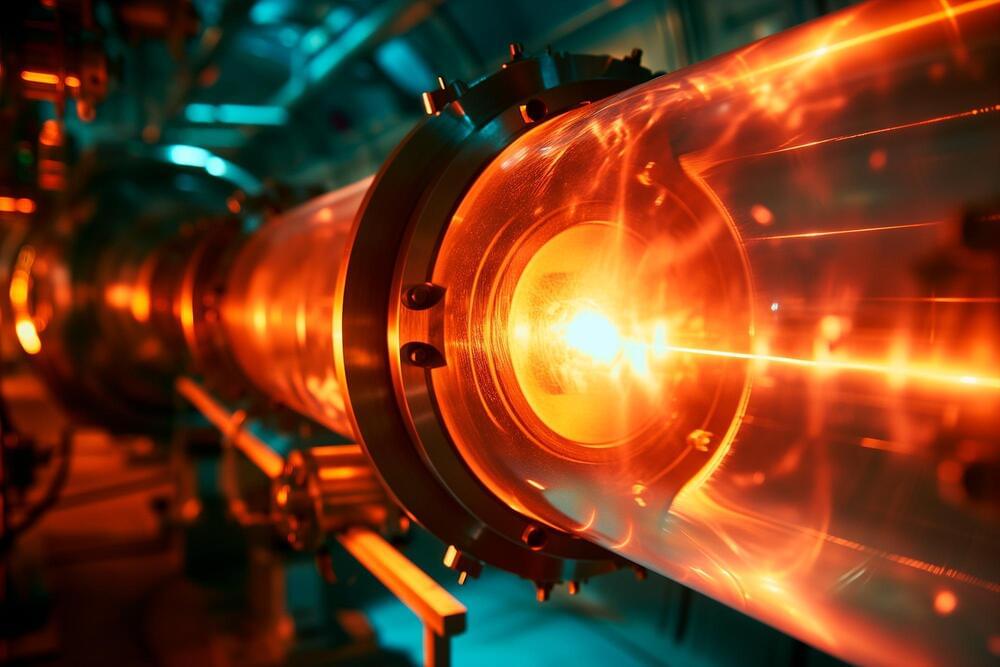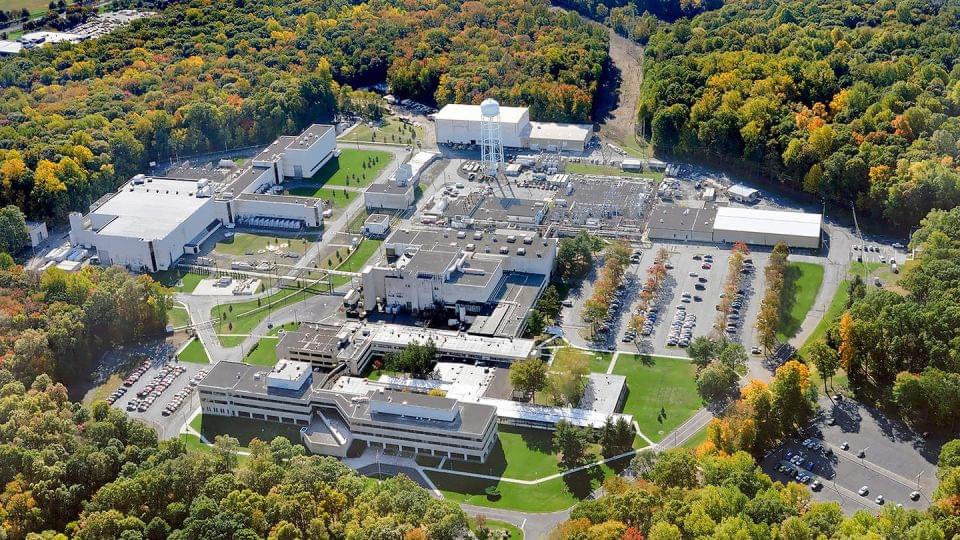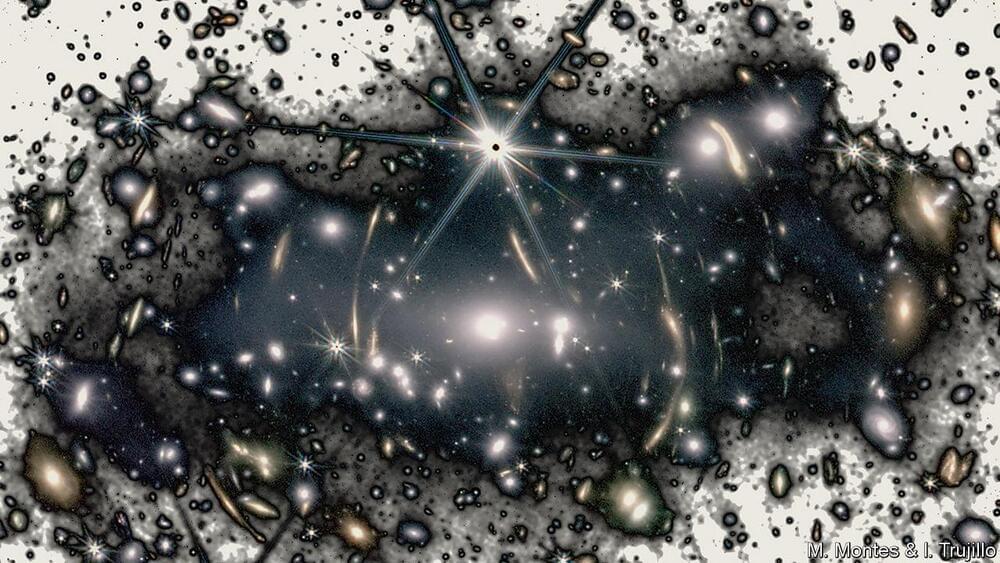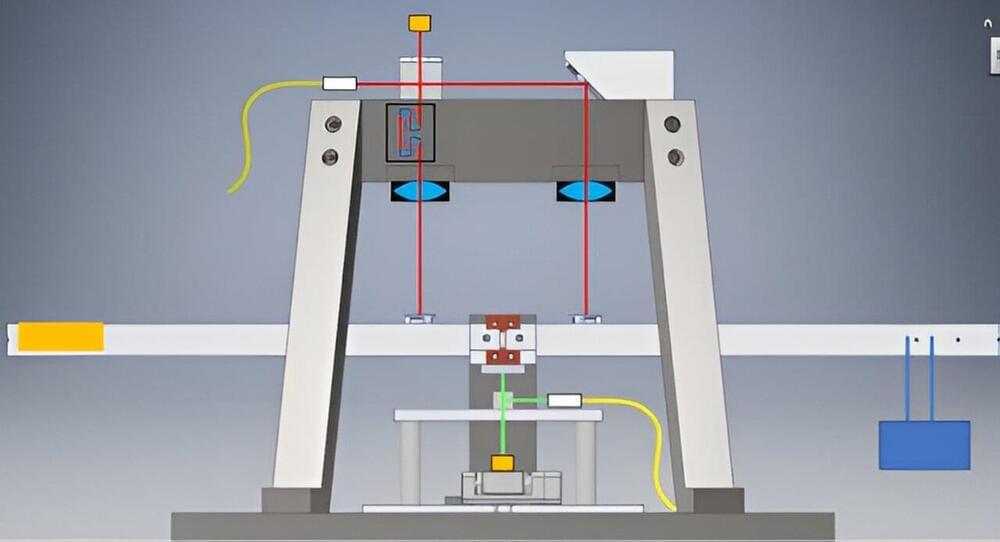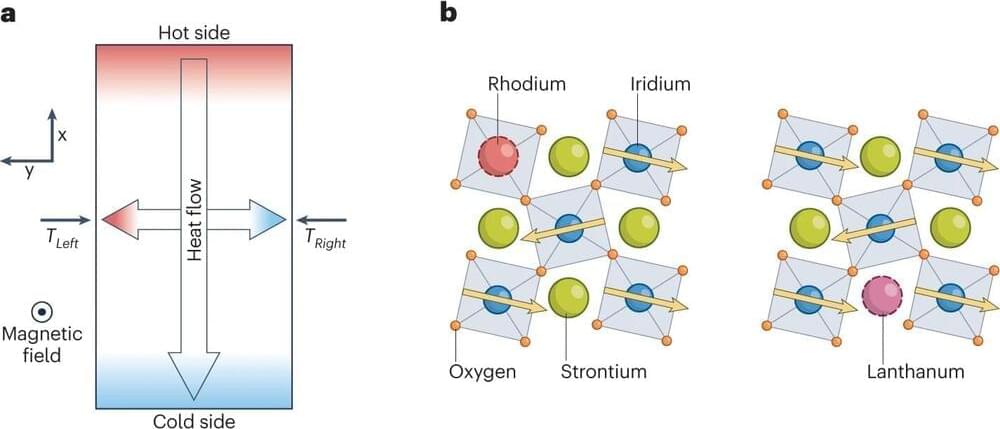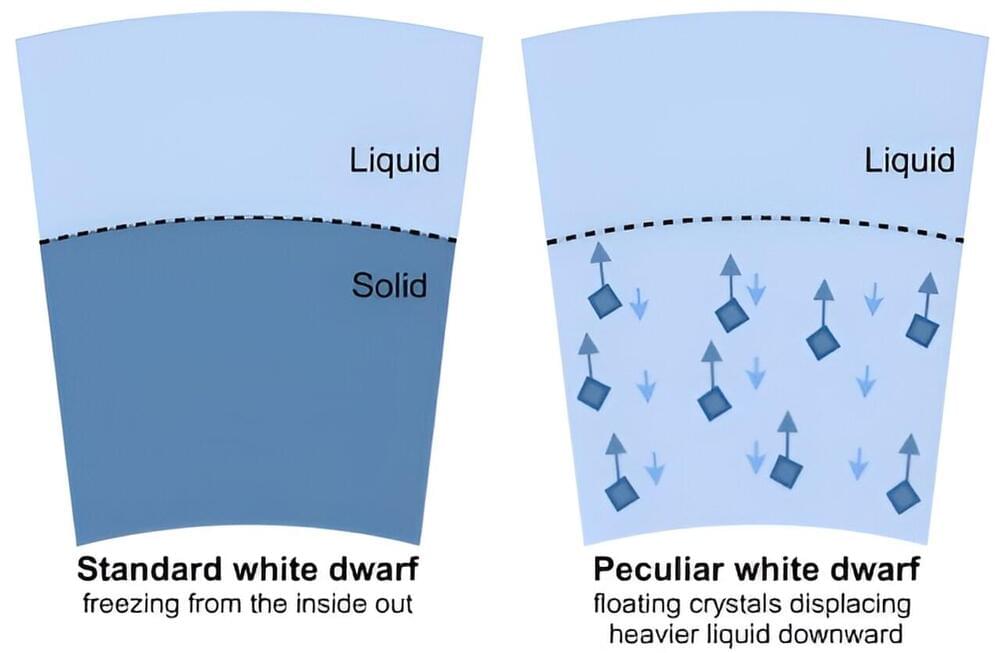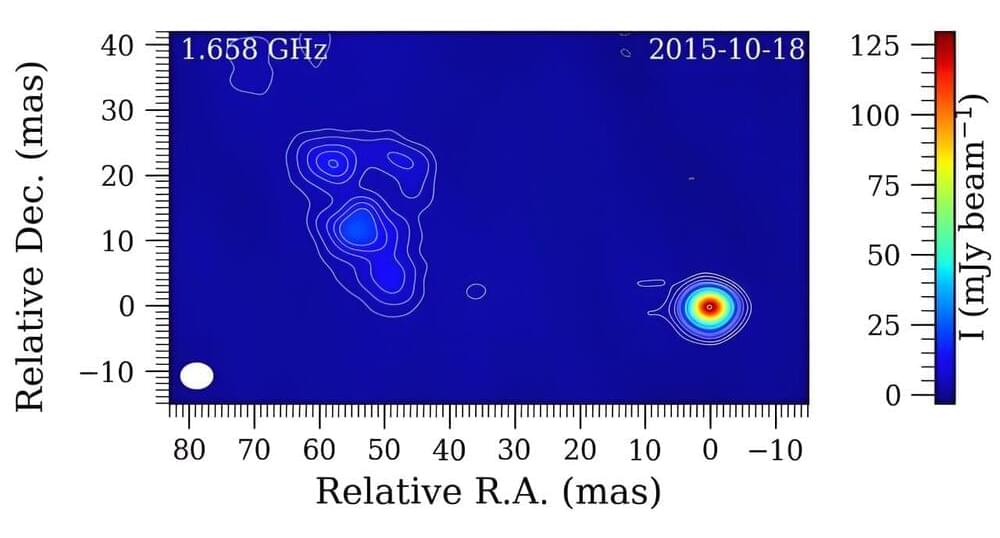Mar 10, 2024
Chinese Researchers on the Brink of Developing ‘Real AI Scientists’ Capable of Conducting Experiments, Solving Scientific Problems
Posted by Zola Balazs Bekasi in categories: mathematics, physics, robotics/AI
A team of researchers from Peking University and the Eastern Institute of Technology (EIT) in China has developed a new framework to train machine learning models with prior knowledge, such as the laws of physics or mathematical logic, alongside data.
Chinese researchers are on the brink of pioneering a groundbreaking approach to developing ‘AI scientists capable of conducting experiments and solving scientific problems.
Recent advances in deep learning models have revolutionized scientific research, but current models still struggle to simulate real-world physics interactions accurately.


